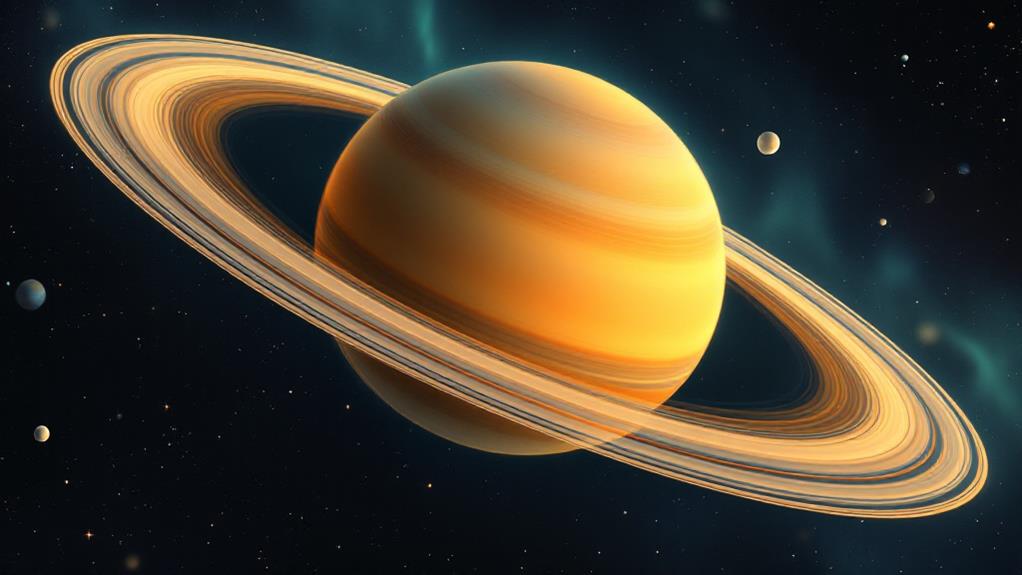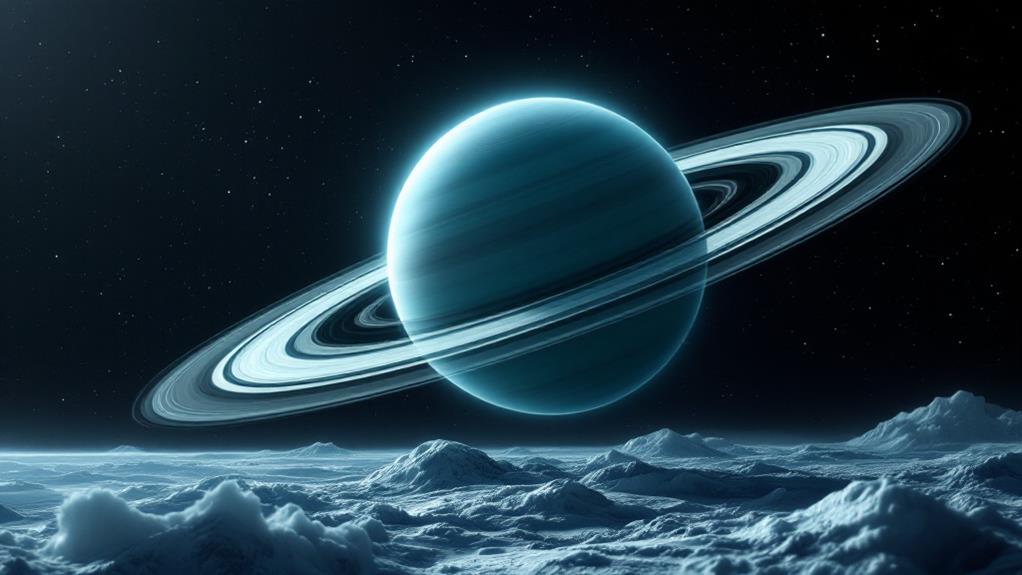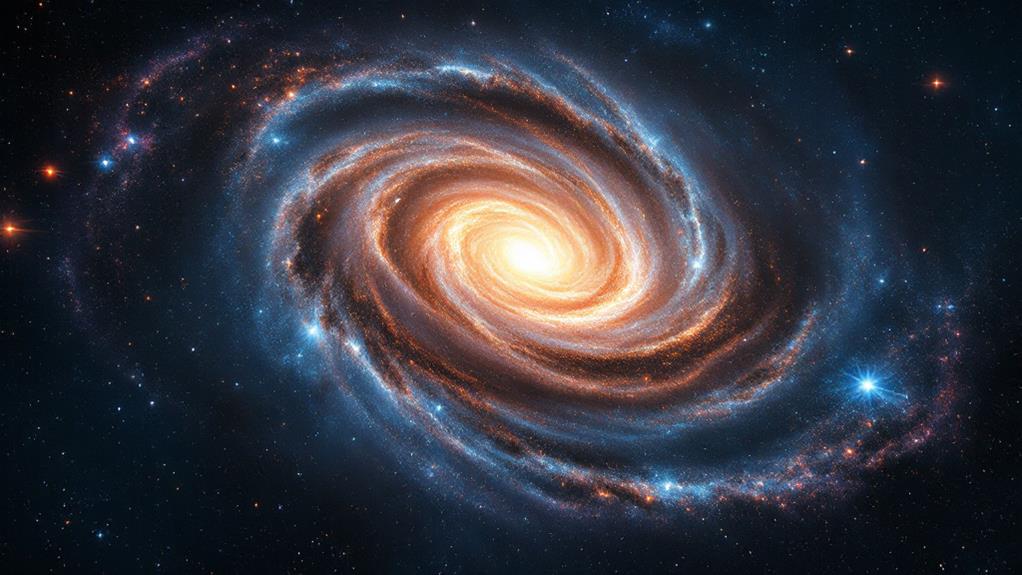Interesting Facts About the Apollo Missions You Didn’t Know
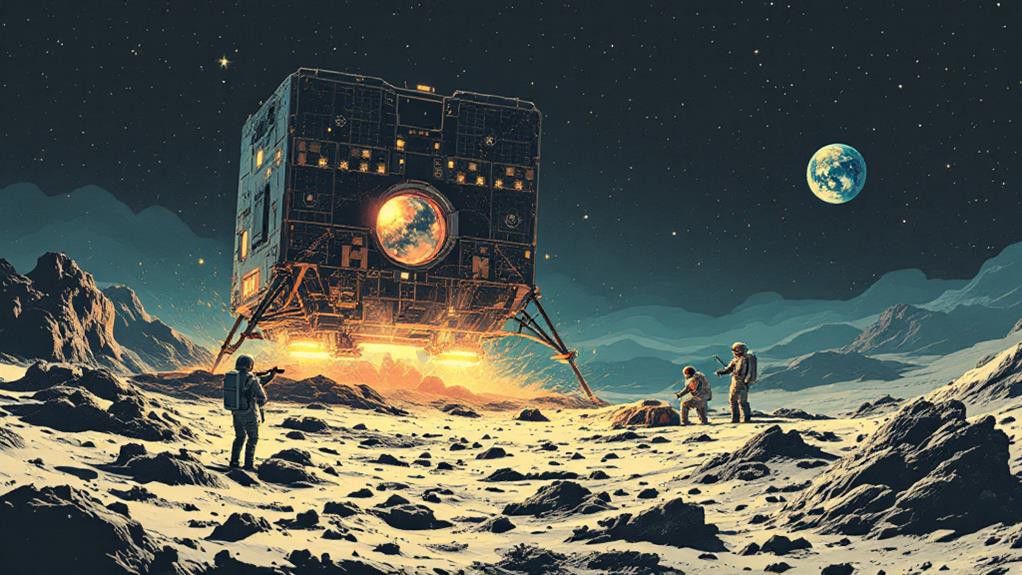
Did you know Apollo astronauts had unique pre-launch rituals like specific meals and signing walls in their crew quarters? They carried personal charms for good luck and conducted secret experiments on lunar geology and astronaut psychology. While everyone remembers Apollo 11, missions like Apollo 7 and Apollo 9 laid crucial groundwork, testing critical equipment. On the moon, they uncovered tiny glass beads in the regolith, showing cosmic impacts shaped its surface. The Apollo missions also influenced fashion with space suit-inspired trends and forever embedded quotes like "Houston, we have a problem" in everyday language. There's much more to investigate about these historic missions.
Unusual Pre-Launch Rituals
Before each Apollo mission, astronauts engaged in a series of unusual pre-launch rituals that might surprise you. These launch superstitions became a vital part of their routine, helping to calm nerves and guarantee success. You might think astronauts, trained in science and technology, wouldn't indulge in such practices, but tradition held a significant place in their preparations. For example, many astronauts insisted on eating a specific meal before launch. It wasn't just about fueling their bodies; it was about maintaining a sense of normalcy and control in the face of the intimidating unknown.
One tradition involved signing their names on the wall of the crew quarters, a tangible mark of their expedition. This act wasn't just a formality; it was a way to connect with the legacy of those who had gone before them. You'd see astronauts carrying personal items or charms, each with its own story, meant to bring good luck or serve as a reminder of home. These rituals, while seemingly small, played a significant role in the mental and emotional preparation for space travel, blending science with a touch of the mystical.
Secret Moon Experiments
While astronauts performed their rituals on Earth, something comparably intriguing awaited them on the lunar surface. Secret moon experiments were an essential part of the Apollo missions, designed to unravel mysteries beyond our planet. One of the lesser-known aspects involved studying lunar geology. You might not know this, but astronauts conducted specific experiments to gather insights into the moon's composition and history. They collected rock samples and deployed seismometers to understand lunar quakes, shedding light on the moon's internal structure.
But it wasn't just about the rocks. Understanding astronaut psychology was another significant aspect. These missions involved prolonged isolation and extreme conditions, so NASA took the opportunity to study how these factors affected the astronauts' mental states. They observed how the crew interacted, managed stress, and adapted to the lunar environment. This data was invaluable for future space travel, helping refine training programs and support systems for astronauts.
These secret experiments, while not as publicized as the iconic moonwalks, played a fundamental role in expanding our knowledge. They helped pave the way for future exploration, making the Apollo missions a cornerstone of scientific revelation.
Forgotten Apollo Missions
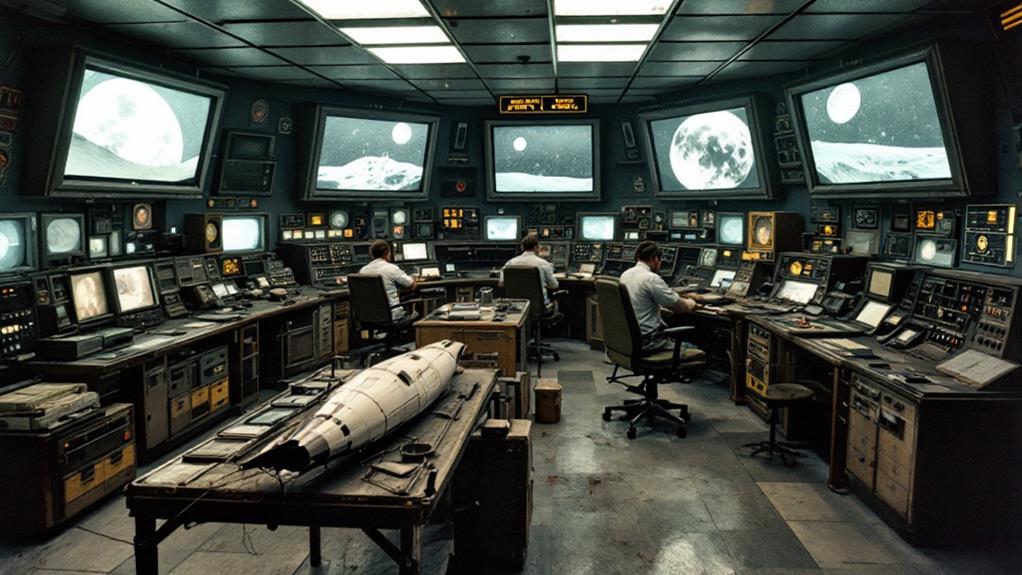
The Apollo program is often remembered for its historic moon landings, but not all missions received the same level of attention. While Apollo 11 and its iconic "giant leap for mankind" are etched in history, several missions remain overlooked. Before landing on the moon, NASA needed to guarantee the spacecraft and mission protocols were ready. This led to a series of lesser-known Apollo missions that played essential roles in the program's success.
For instance, Apollo 7, the initial crewed mission of the program, tested the Command and Service Module in Earth's orbit. It wasn't flashy, but it confirmed the spacecraft's readiness for future lunar missions. Likewise, Apollo 9 proved significant by successfully testing the Lunar Module in space for the initial time, though it never left Earth's orbit. These missions might not have the glamour of moon landings, but they were instrumental in the comprehensive success of the Apollo missions.
Even Apollo 10, which served as a dress rehearsal for the moon landing, is often overlooked. It orbited the moon and tested procedures, guaranteeing everything was set for Apollo 11's historic landing. These forgotten missions laid the groundwork for humanity's greatest achievements.
Unexpected Lunar Discoveries
Amid the grandeur of lunar exploration, you might not expect some of the groundbreaking revelations made during the Apollo missions. While the primary goal was to land a man on the Moon and gather scientific data, astronauts uncovered surprises that extended beyond initial expectations. One of the most fascinating finds was the peculiar composition of lunar soil. Unlike Earth's soil, lunar soil—known as regolith—is composed of tiny glass beads formed by micrometeorite impacts. This revelation revealed that the Moon's surface had been shaped by cosmic forces over billions of years, offering insight into the solar system's history.
Another enthralling aspect was the search for potential alien artifacts. Although no extraterrestrial objects were found, the very act of searching sparked curiosity and fueled further exploration. The lunar surface, rich in history and mystery, provided a unique backdrop for considering the possibility of otherworldly influences. These unexpected lunar revelations not only expanded our understanding of the Moon but also inspired future missions and scientific inquiry. By challenging assumptions and exploring the unknown, the Apollo missions left a lasting legacy of curiosity and exploration that continues to drive space exploration today.
Cultural Impact of Apollo

Few events have captured the global imagination like the Apollo missions. At a time when the space race between the United States and the Soviet Union was at its peak, Apollo symbolized a monumental achievement not just for Americans, but for all of humanity. People around the world paused to watch the initial moon landing, feeling an unprecedented sense of global unity. The missions transcended political boundaries, inspiring generations to dream of possibilities beyond Earth.
The Apollo missions also influenced culture in ways you might not expect:
- Fashion: The futuristic design of space suits inspired clothing styles, with metallic fabrics and bold patterns becoming trendy.
- Language: Phrases like "Houston, we have a problem" entered everyday speech.
- Media: Movies and TV shows examined space themes more deeply, reflecting and amplifying public interest.
- Education: Interest in science and technology surged, leading to increased investment in STEM education worldwide.
- Art: Artists across the globe drew inspiration from the missions, using space as a metaphor for investigation and innovation.
The Apollo missions didn't just conquer space; they united diverse cultures and sparked new ways of thinking about the future.
